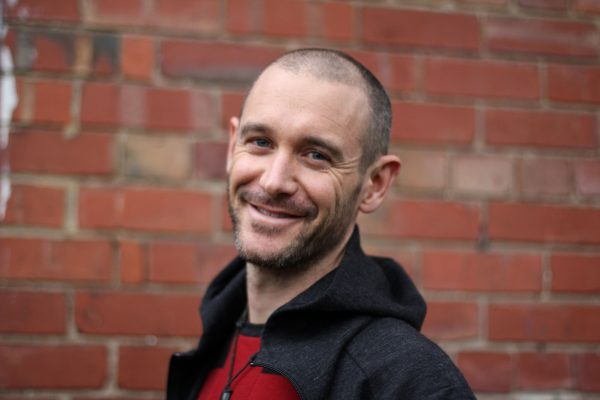Tackling Tane’s plague
“Early one morning, Puke the kiwi was creeping back to his little den under the old rata tree, walking very slowly, because in the daytime the light hurt his eyes . . .”
So began one of my favourite childhood stories, “How the Kiwi Lost his Wings,” written by National Radio broadcaster Alwyn Owen. In the story, Tane, god of the forest, asks the birds which one of them will forsake life in the treetops to stop a plague of creeping things on the forest floor.
I can still almost recite the birds’ replies by heart. Tui is too afraid. Pukeko doesn’t want to get his feet wet. Cuckoo is too busy building a nest. Rum, the morepork, loves the light too much. Only kiwi is willing to come down to the forest floor, and for this act of selflessness Tame rewards him by making him the symbol of the country.
The story of Puke the kiwi came back to me many times as we were preparing this issue. Sadly, it is the kiwi that needs help now. The plague that affects New Zealand’s forests today consists not of creeping things but sneaking, stalking things that can end a kiwi’s life with a single bite. Stoats. Ferrets. Cats. Dogs.
So, in large swathes of the country, kiwi have disappeared, their peculiar cries silenced. The scale of loss is staggering. In 1923, there were an estimated 2.6 million North Island brown kiwi. Today there are perhaps 30,000. At the present rate of decline, there will be barely 1500 75 years hence. Some kiwi populations are already down to hundreds. The little spotted kiwi, once the most widespread variety, is extinct on the mainland.
There is much to regret in the way we have allowed kiwi to slip, virtually unnoticed, out of the picture. Ambivalence about our natural heritage is partly to blame. A Victorian fatalism concerning extinction has proved surprisingly persistent, even into modern times. As Richard Wolfe notes in his book Kiwi: More Than A Bird, less than 20 years ago the New Zealand Herald was expressing, in a bemused sort of way, that “No bird is far from extinction if it is virtually blind, is flightless, has its habitat under steady threat, produces only one egg a year and mates for life, thus making itself only one weasel away from enforced celibacy.” Today, fortunately, most of us are backing the bird, and wishing our forebears had left their weasels at home.
It will be a long time before kiwi are out of danger, but, as our cover story in this issue shows, there are grounds for optimism and reasons to be thankful.
We can be thankful that concerted efforts to save the kiwi began nine years ago, so that now some populations are actually increasing in numbers.
And we should certainly praise the dedication of kiwi researchers: John McLennan, shuttling birds across Lake Waikaremoana to a stoat-free haven he has created; Rogan Colbourne, trekking in the snows above Haast looking for the most elusive of the southern kiwi; Hugh Robertson, coordinating the Kiwi Recovery Programme from a little Wellington office he shares with his kiwi-tracking dog, 011y, who comes to work with him each day; zoo staff who patiently weigh, measure and fuss over each kiwi egg brought in from the wild to hatch in safety. They, and many others, are the heroes who are tackling Tane’s present-day plague.
Weat New Zealand Geographic felt honoured when the Museum of New Zealand Te Papa Tongarewa suggested staging an exhibition to mark the 10th anniversary of the magazine. The result is “On Location with New Zealand Geographic,” a display of almost 100 photographs from the magazine, accompanied by objects from the museum’s collection.
One of the highlights for visitors to the exhibition (which runs until March 6, 2000) is an audio-visual which features interviews with New Zealand Geographic writers and photographers about the challenges they face on the job. Children can pretend they are “Ace Reporters” for a day by picking up a badge and booklet and sleuthing for answers to questions about the material on display.
If you are passing through Wellington during the summer, please have a look at “On Location,” which is on the museum’s fourth floor.
As for us, well, we’ll be “on location,” too, continuing to bring you the geography, wildlife and people of New Zealand, in the journal of New Zealand.















